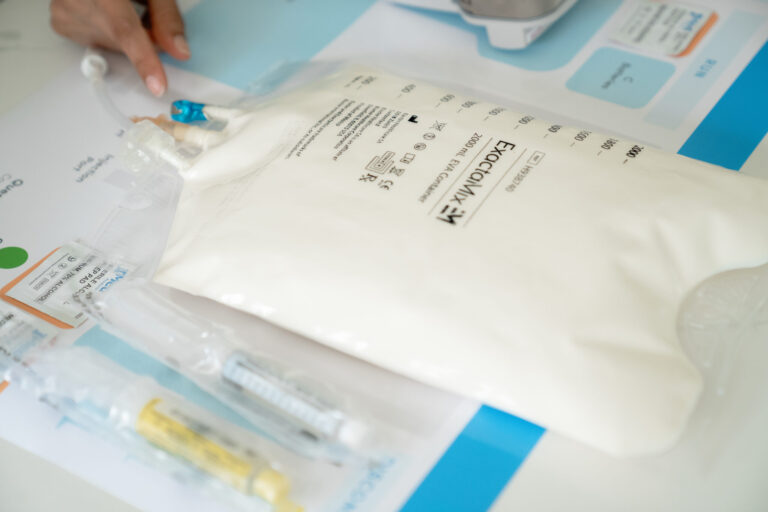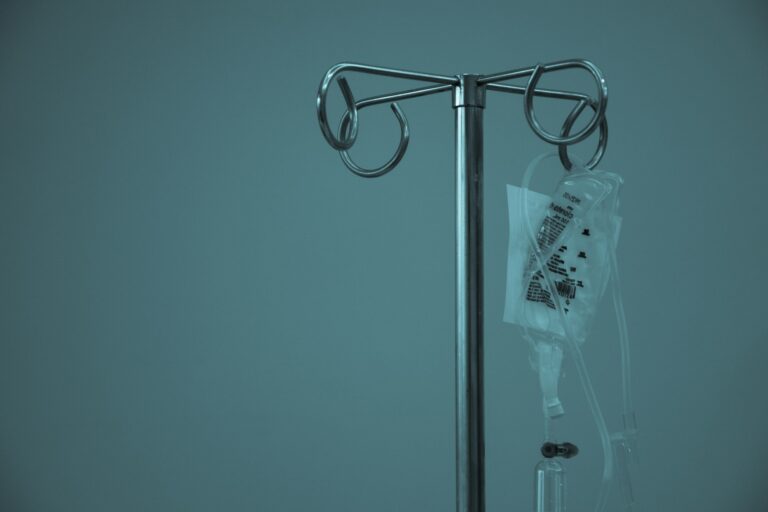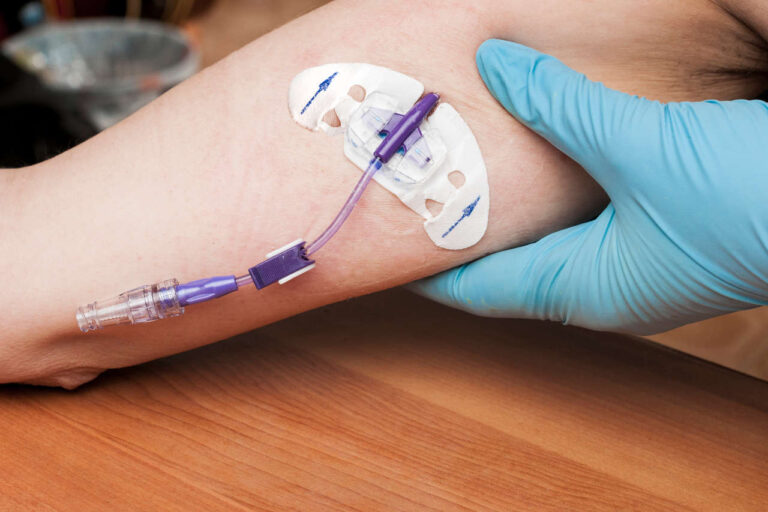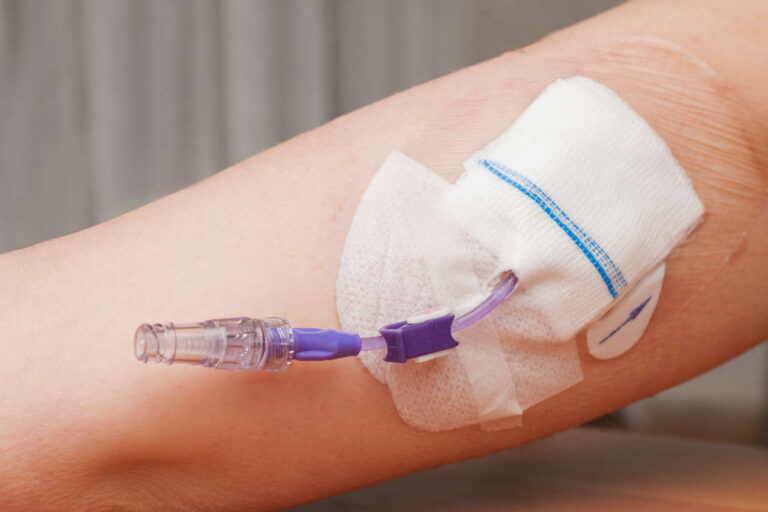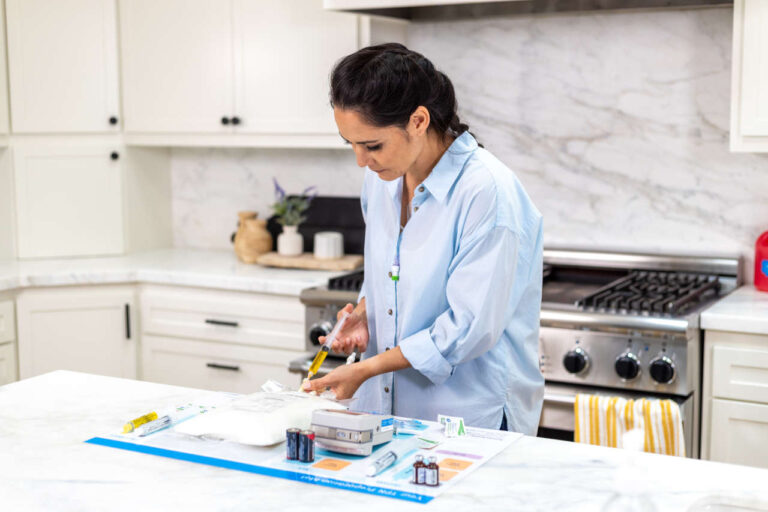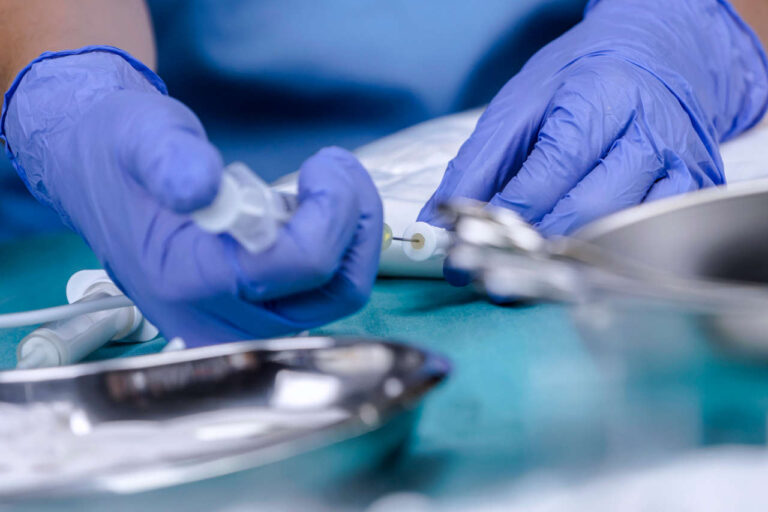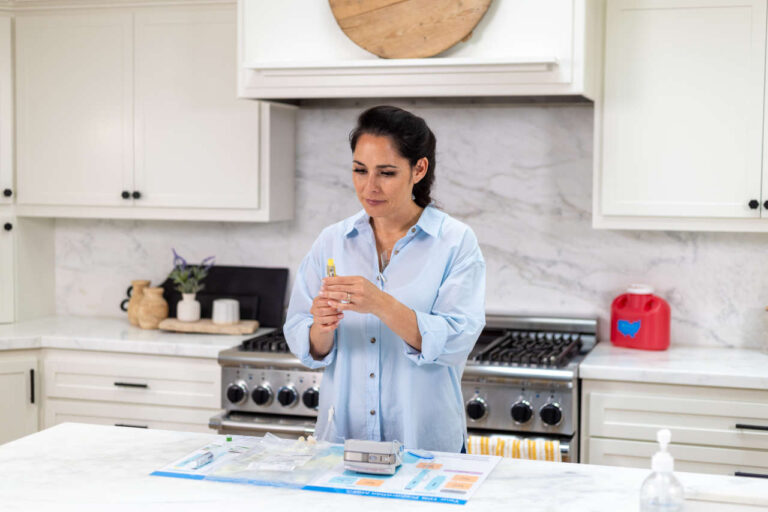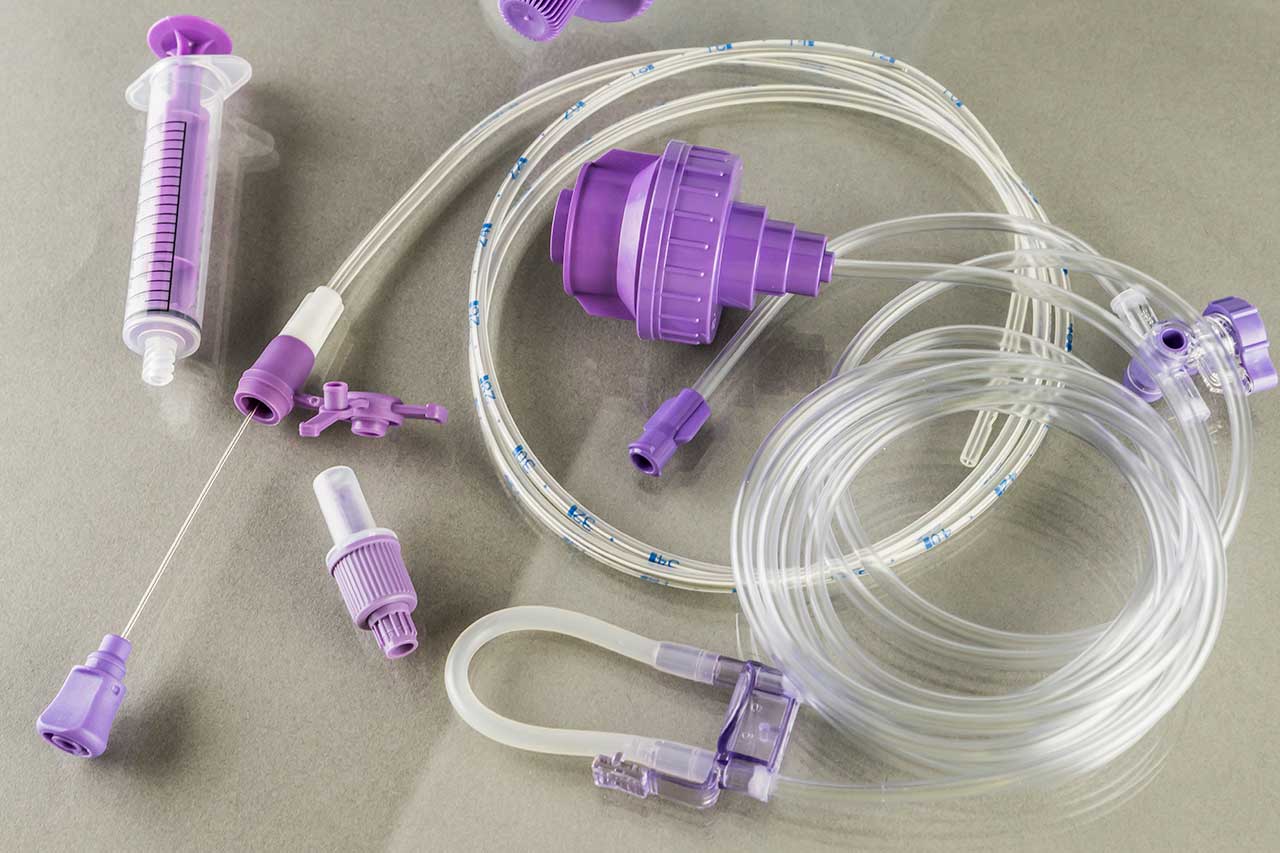
全肠外营养 (TPN) 是一种无需胃肠道的喂养方法。身体的大部分营养需求通过静脉注射特定配方来满足。当患者无法经口进食或补充液体时,可采用此方法。根据病情,患者可能需要永久性或暂时性地接受 TPN 喂养。
静脉输液库存充足
可靠供应,确保不间断护理TPN 中心静脉导管的无菌技术不佳和维护不当可能导致严重的 TPN 并发症 [1]。据报道,接受全肠外营养 (TPN) 的患者中,约有 51 至 101 例患者出现与中心静脉通路(中心静脉导管)或 TPN 本身相关的不良副作用和长期并发症 [2]。医护人员报告了以下 TPN 并发症:
- 导管相关并发症
- 代谢异常
- 肝脏并发症
- 代谢性骨病
- 血栓形成(血凝块)
- 脱水和电解质失衡
- 感染
导管相关 TPN 并发症
导管插入对于 TPN 喂食不当,可能导致导管相关问题。最常见的两种并发症是感染和导管堵塞。然而,保持导管清洁并仅用于TPN可以避免这些并发症。
其他c并发症可能包括无菌技术差、插入区域周围污染以及中心导管维护不善。 中心静脉通路并发症会影响接受 TPN 治疗的 5% 至 10% 患者。最常见且可能致命的 导管相关并发症 患者在 TPN 营养支持期间经历的感染包括急性细菌感染,称为 败血症 (血流感染)和 局部皮肤感染 在导管的插入点或出口处[1, 2]。
研究统计显示,约有 10 万名患者经历过 80 至 189 次发作 的 中心静脉导管相关血流感染 (CLABSI) 由于无菌技术不佳,美国每年有约1000例CLABSI发生。CLABSI的死亡率在12%至25%之间[3]。
业余将导管插入静脉可能导致空气栓塞 (当静脉输液管未夹紧或未夹紧就被拔出时,会导致静脉中形成气泡) 气胸 (当导管尖端进入胸膜腔时,肺部会塌陷的一种情况),以及 血栓形成 (因血栓或损伤导致静脉阻塞)[2]。根据 ITP438T 指南,在插入或拔除导管时采用无菌技术有助于避免导管相关并发症。[4]
AmeriPharma® 专业护理
全肠外营养 | TPN 援助领域的领导者代谢异常

大约 接受 TPN 治疗的患者中 90% 经历代谢并发症,特别是葡萄糖异常(低血糖或高血糖)。 代谢并发症 可以通过监测电解质、血糖水平和胰岛素水平来控制。
近期营养不良后快速输注营养物质可能会引发代谢并发症(异常)。一些主要的代谢异常包括 低血糖 (由于 TPN 停产而发生)或 高血糖 和 再喂养综合征 (严重营养不良的患者通常在 24 至 48 小时内出现这种症状,当 TPN输液 导致以电解质转移为特征的代谢和激素变化。[5, 6] 营养不良患者开始接受 TPN 治疗时,体液和电解质水平的突然变化会导致再喂养综合征。再喂养综合征患者的磷酸盐、镁和钾水平通常较低。这些症状可能会因以下情况而加剧: TPN主要是由于磷酸盐水平低引起的,会导致呼吸衰竭、抽搐、谵妄甚至死亡。它还会降低心脏收缩力。
肝脏并发症
全肠外营养可导致多种肝脏并发症。一些肝脏并发症包括肝脏脂肪变性、胆囊和胆管损伤以及胆汁淤积。最严重的后果是导致进行性纤维化和肝硬化,这是成人和儿童患者长期使用TPN最值得关注的问题。长期使用TPN可能导致低出生体重、败血症、短肠综合征和早产。
肝脏并发症在肝脏未成熟的婴儿中更为常见,但可发生在任何年龄,影响 接受全肠外营养 (TPN) 输注的患者中,15% 至 40%. 肝脏并发症包括肝功能障碍、氨水平升高和疼痛性肝肿大。
- 肝功能障碍通常是由于胆红素和碱性磷酸酶的比率增加而发生的,从而导致炎症、胆汁淤积和进行性纤维化。
- 氨水平升高和疼痛 肝肿大 导致脂肪堆积、抽搐、癫痫和嗜睡。
如果您出现上述症状之一,请立即就医。医护人员通常会在这些并发症期间减少蛋白质的摄入 [5]。
与专家讨论共付额援助
代谢性骨病
代谢性骨病是长期使用 TPN 可能出现的一个问题。 接受长期 TPN 输注的患者中约有 40% 患有骨软化症等代谢性骨病和 骨质疏松症。这会导致生活质量下降,例如骨痛、骨折和活动受限。然而,骨质脱矿的患病率和发病机制尚不清楚 [5]。据报道,这些骨病的病因可能包括:
- 减少日光照射(维生素 D 摄入量低)
- 缺乏体育锻炼
- 肝素和类固醇等其他疗法的副作用
- 钙、磷酸盐和维生素 D 摄入不足
已经证明静脉注射帕米膦酸盐可以提高在家中接受 TPN 治疗的患者的骨矿物质密度 [7]。
参考:
- Maudar KK.全肠外营养。Elsevier。1995;51(2):122-126
- Kornbau C, Lee KC, Hughes GD, Firstenberg MS. 中心静脉导管并发症。《国际危重疾病与损伤科学杂志》。2015年7月;5 (3):170。
- 致 KB, Napolitano LM。危重患者常见并发症。《外科诊所》。2012年12月1日;92(6):1519-57。
- Doyle GR,McCutcheon JA。《更安全的患者护理临床程序》《更安全的患者护理临床程序:第 8 章》。曼尼托巴校园。2016;1。
- Hartl WH,Jauch KW,Parhofer K,Rittler P,德国营养医学协会肠外营养指南制定工作组。并发症与监测——肠外营养指南,第11章。GMS德国医学科学。2009;7。
- Sobotka L,Camilo ME。临床营养基础:肠外营养的代谢并发症。e-SPEN,欧洲临床营养与代谢电子杂志。2009;3(4):e120-2。
- Nishikawa RA,Siepler SE,Siepler JK,Diamantidis T,Okamoto R.静脉注射帕米膦酸盐可改善家庭肠外营养患者的骨矿物质密度。临床营养学。2003(22):S88。

